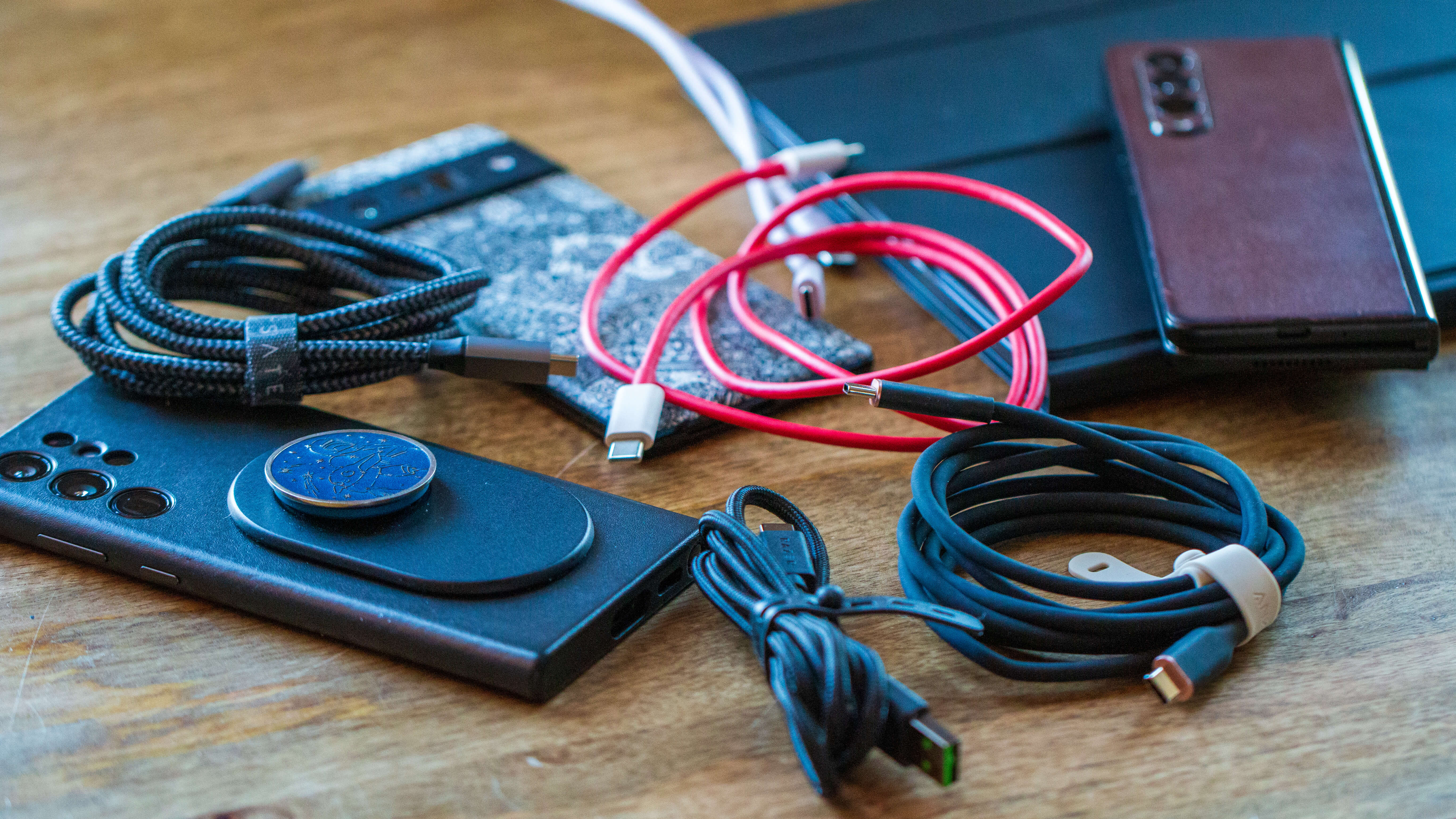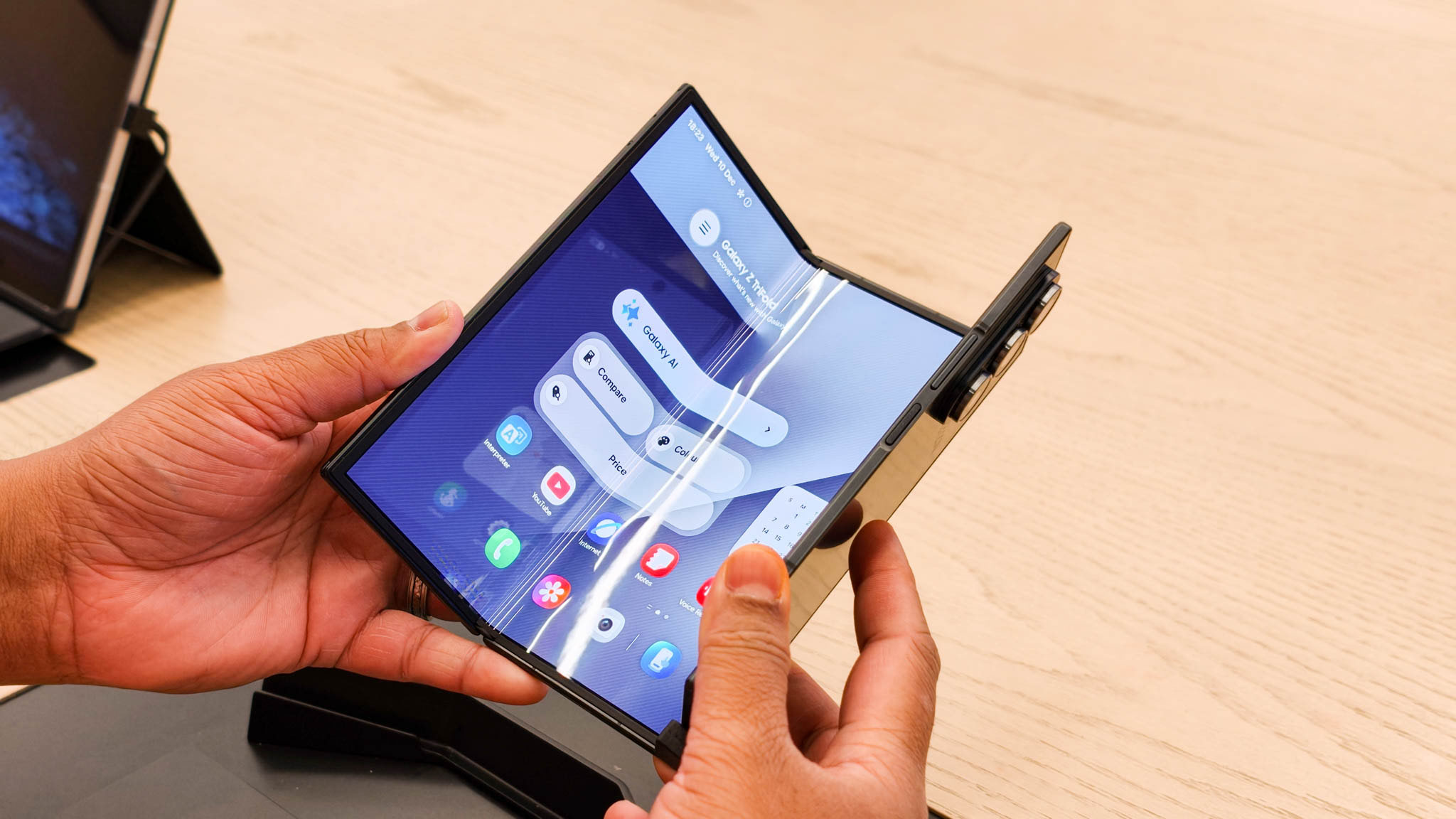Best USB-C cables 2025
USB-C cables are a dime a dozen nowadays. Even the latest iPhones use it, so you can find the best USB-C cables for iPhones. But that means there are good ones and not so great ones in the mix. Most devices still come with a USB-C cable in the box, but increasingly, they're left out of the mix since it's so universal nowadays. Yet somehow, it seems like no matter how many USB-C cables you have, it's never enough. A spare for the work bag, carry-on, home office, even glove compartment, is a good idea.
Now, it comes time to choose. USB-C cables do have different specs, and finding the right one depends on where, how, and for what you want to use it. Is your priority fast charging, for example, or quick data transfer? Is it most important to be able to connect to USB-C or USB-A outlets? These are all important questions.
Thankfully, we have rounded up some great choices for your next USB-C cable. Whether you're trying to recharge one of the best Android phones or connect to your car's Android Auto with a cable, we have tested many cables to bring you a list of the best USB-C cables you can get your hands on right now.

Namerah enjoys geeking out over accessories, gadgets, and all sorts of smart knickknacks. After writing about consumer tech for nearly a decade, she has become an expert in the Android accessories space. She spends her free time guzzling coffee, writing some more, casual gaming, and cuddling with her furry best friends.
At a glance
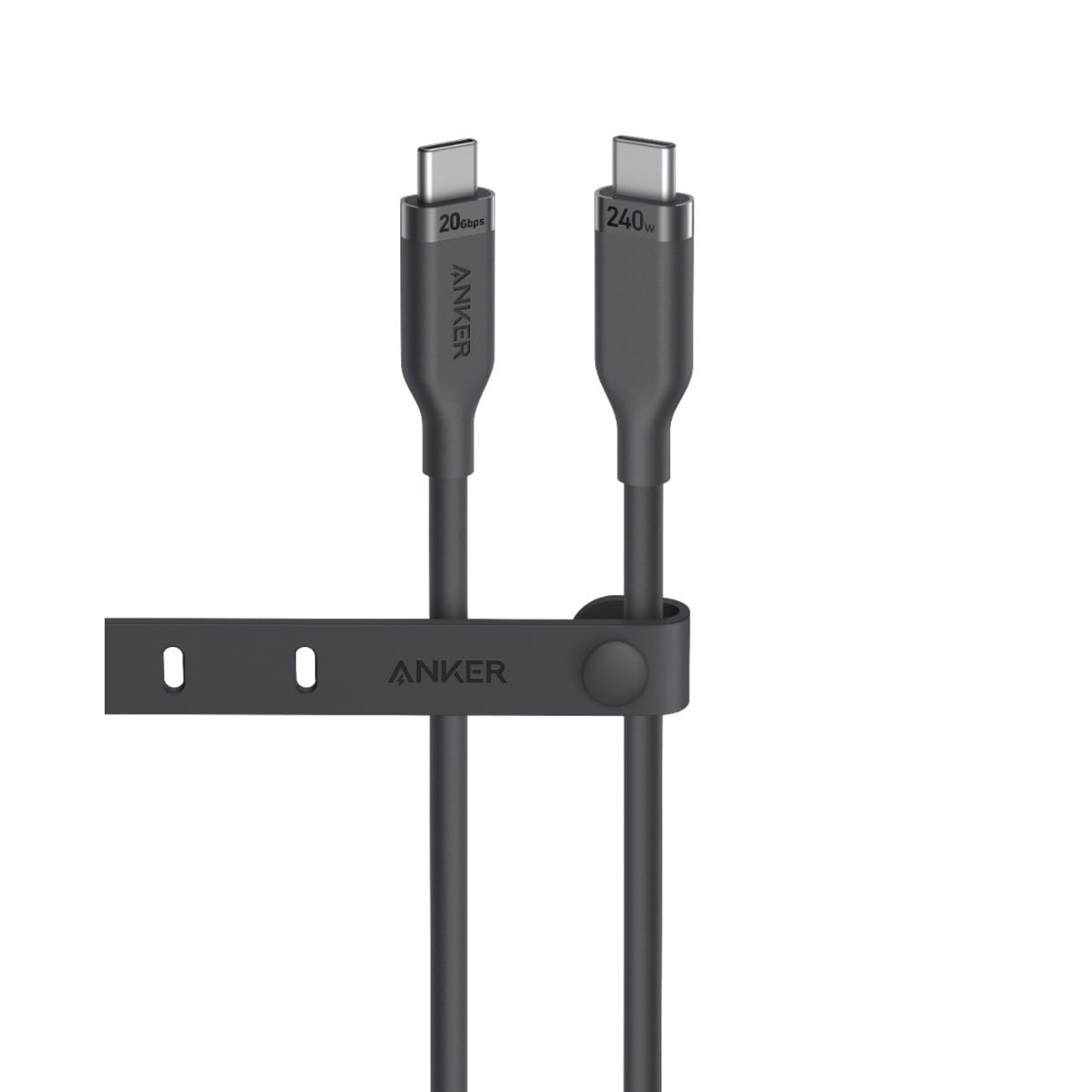
Best overall
The Anker USB 4 Gen 2 cable takes the top spot on our list because it's USB-IF certified, supports data transfer rates of up to 20Gbps, and delivers charging speeds of up to 240W. Anker also includes an 18-month warranty.
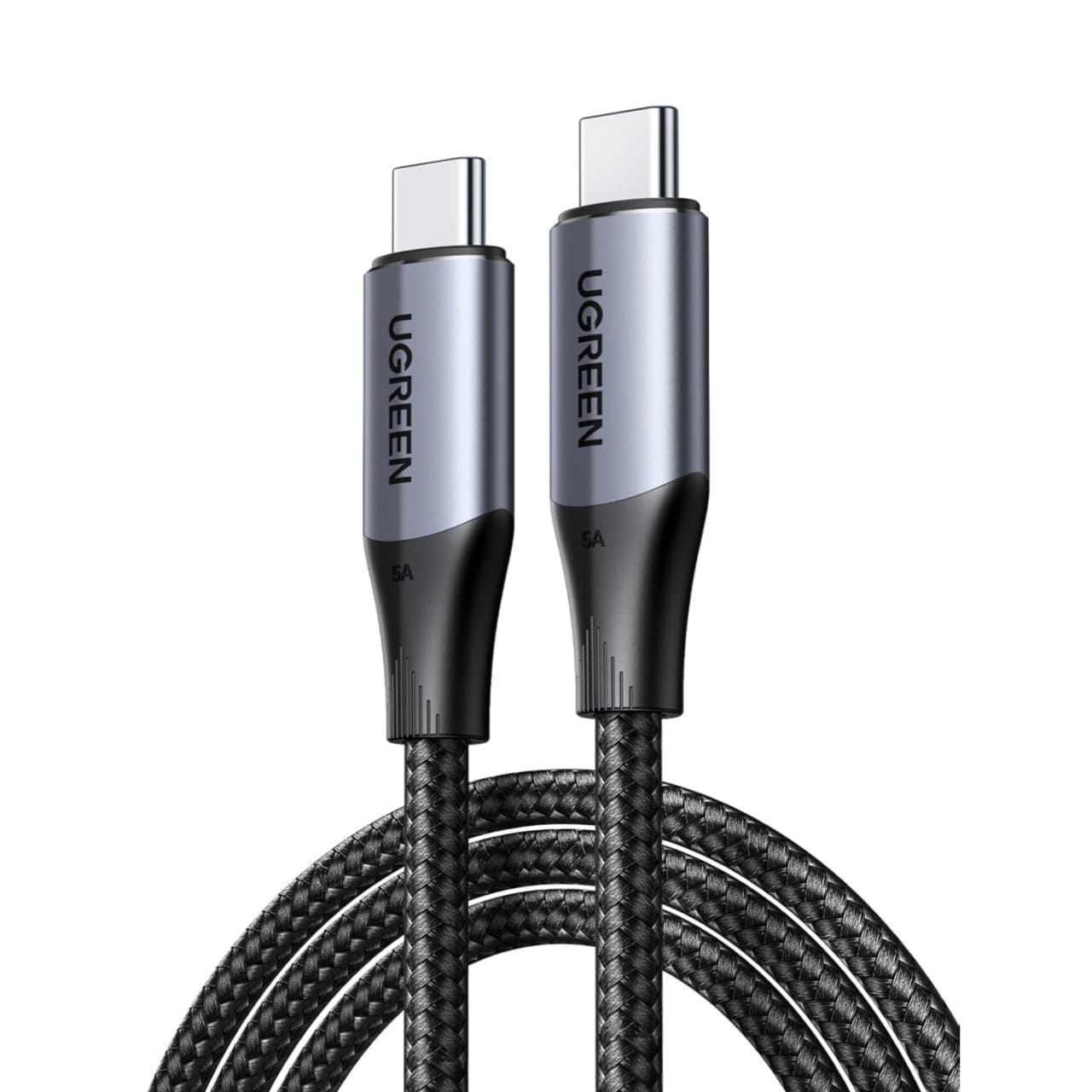
Best for iPhone
Apple's latest iPhones have a USB-C port now instead of the old Lightning. The UGREEN USB-C to USB-C 3.2 Gen 2 Cable is ideal for these devices (though they work with any) thanks to fast charging capability. You'll appreciate the ultra-rugged design, too.
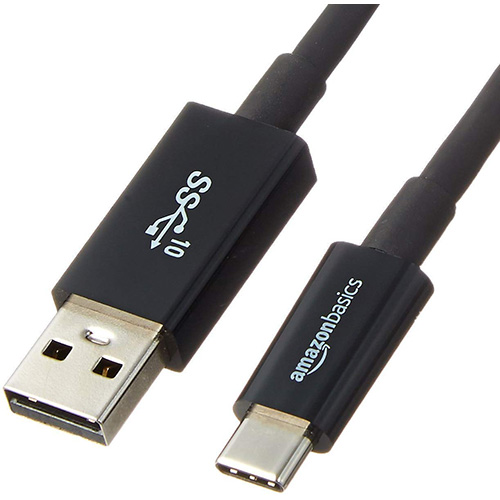
Best cheap cable
Amazon Basics is a good option for affordable quality. The brand produces trustworthy cables at a low price. This one is three feet long so you can plug in your devices from across your desk, and boasts 10 Gbps data transfer speeds.
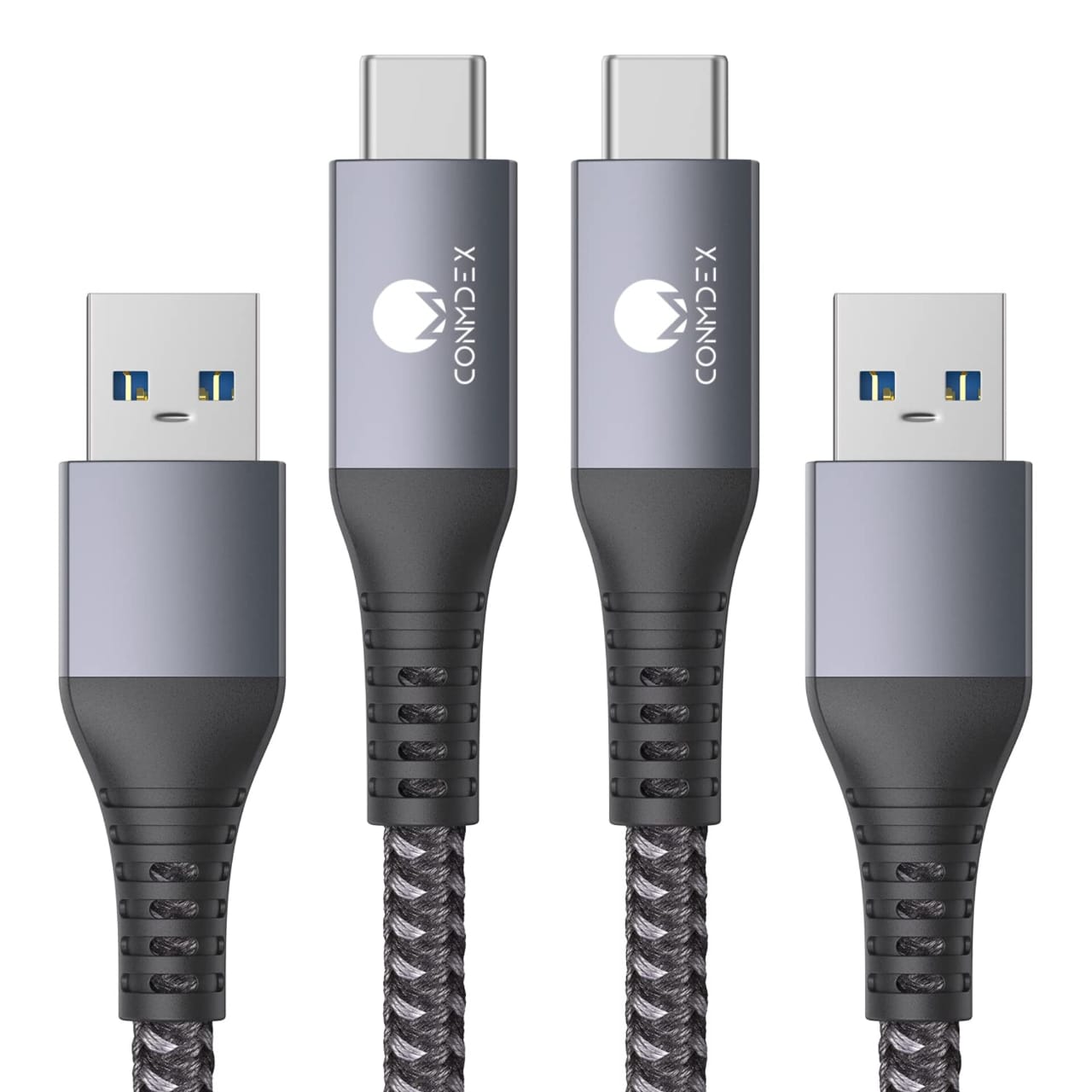
Best cheap cable for iPhone
CONMDEX offers an amazing deal on the USB 3.1 Gen 2 Android Auto USB-C Cable. You get two wires, and can select among 1, 2, 3.3, 6.6, and 10-foot options. This is the most budget-friendly Type-C cable available for the iPhone and other USB-C devices.
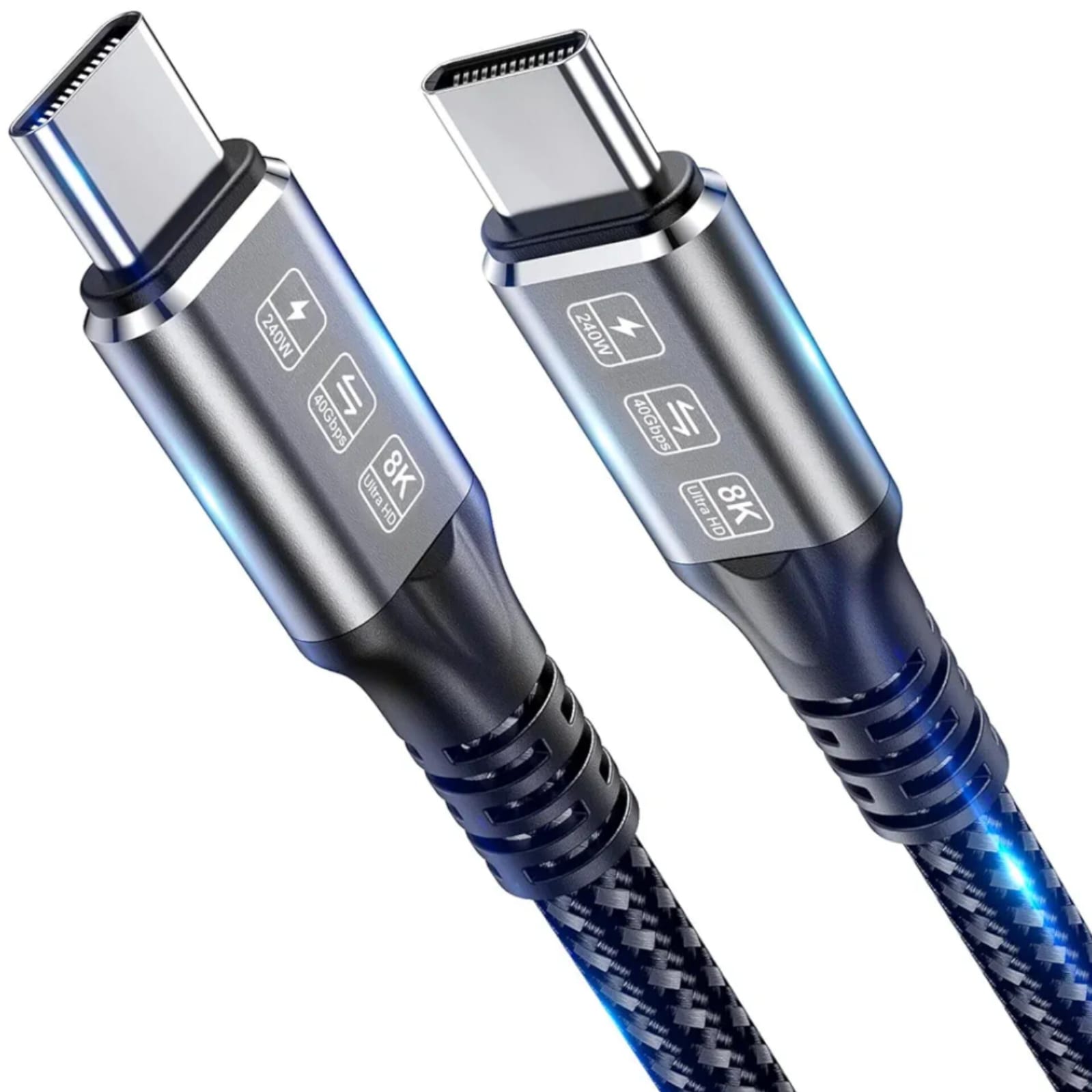
Best premium cable
Chamer's Thunderbolt 4 cable gives you precisely what you'd expect at its price: 40Gbps data transfer, up to 240W charging, and support for 4K and 5K video output. It also comes in an extended 6.6-foot length, with color options in black or red.
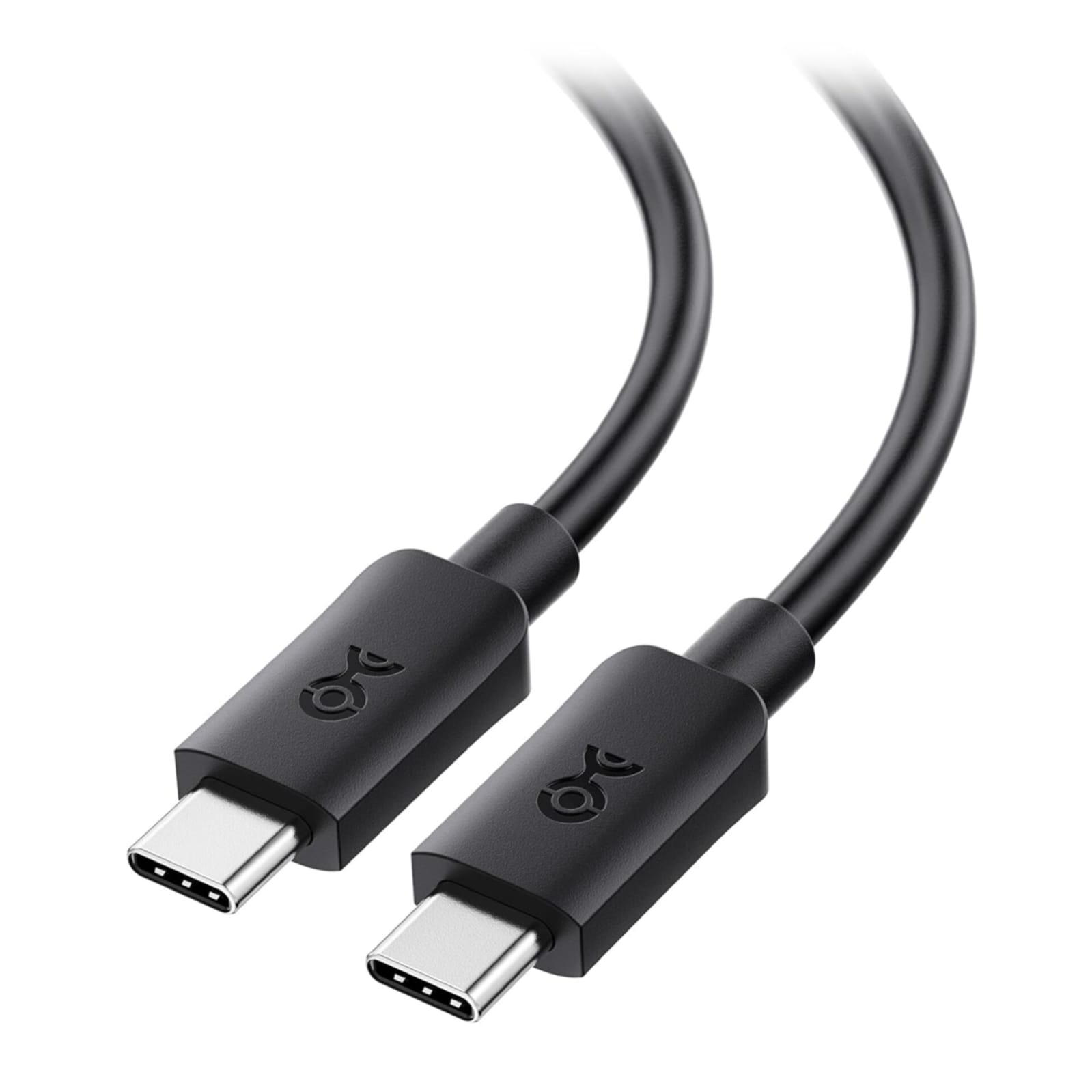
Best premium cable for iPhone
Cable Matters has an excellent selection of premium, long-lasting cables with high specifications. The 20Gbps USB-C to USB-C Cable with USB-C 3.2 is the ideal premium cable for any USB-C phone or other compatible device.
Load the next 3 products ↓
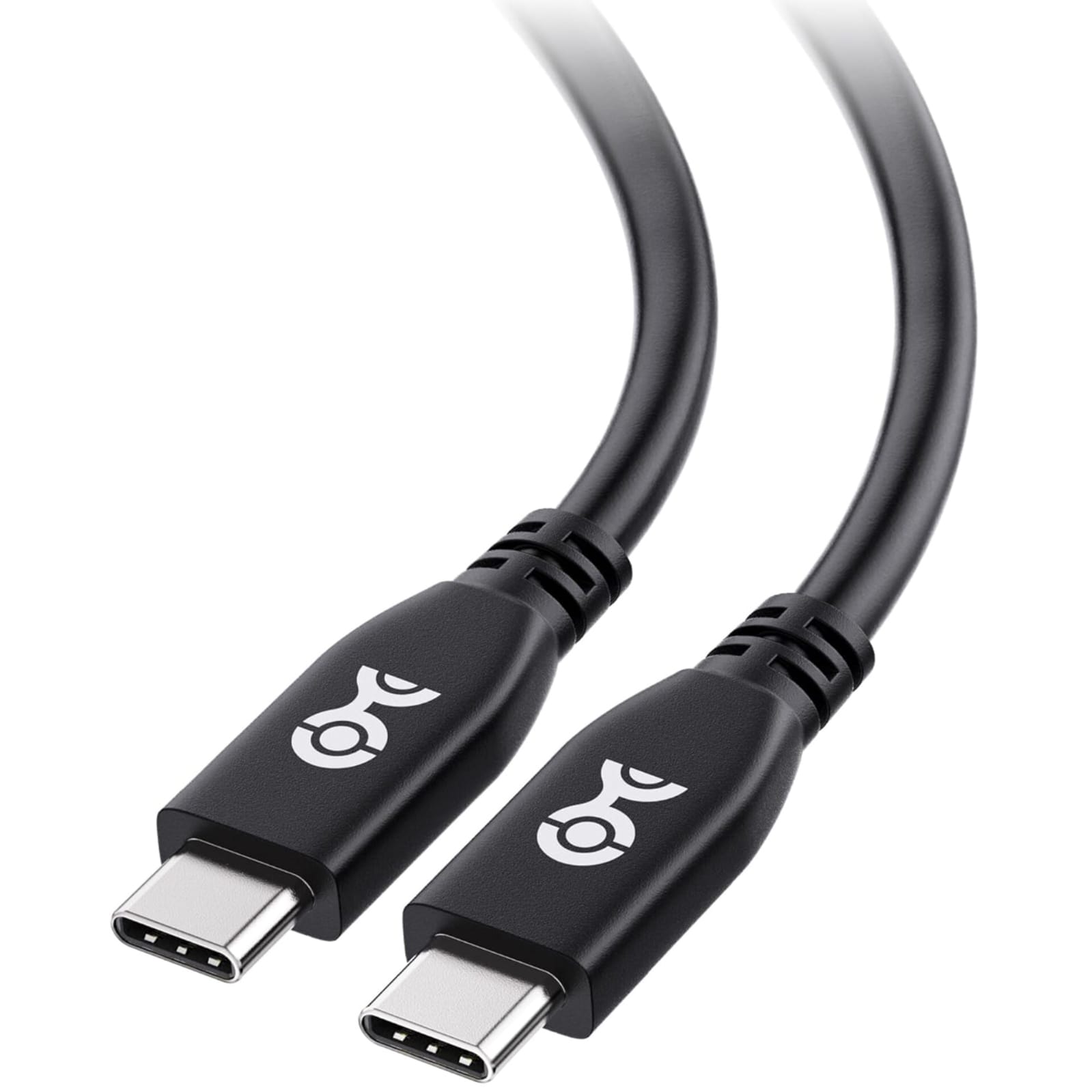
Best short cable
If you need something short to use on your desk, for example, or to connect to a portable charging bank, this 2.6-foot cable is a stellar choice. It features 100W charging and 8K video output and you can ensure a neat and tidy setup.
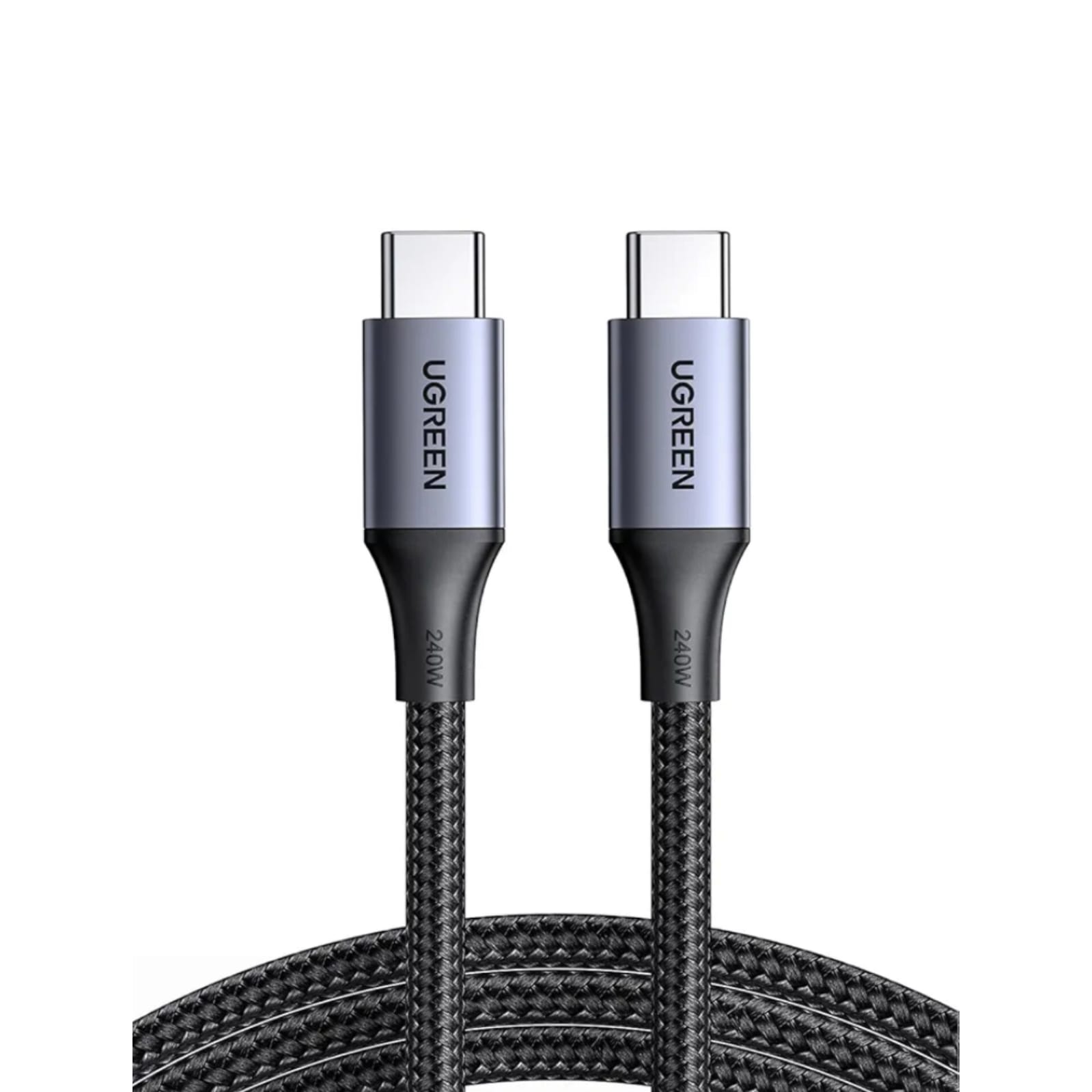
Best durability
Just as sturdy as it's reliable, this USB-C cable from UGREEN boasts 240W support, Power Delivery 3.1, and a length of six feet, all at a reasonably priced rate.
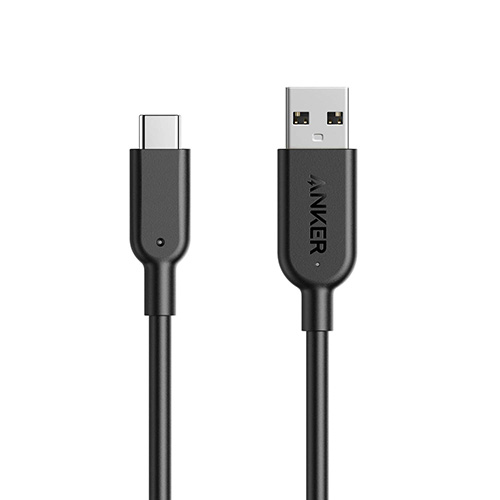
Best USB-C to USB-A
Even if you have tons of adapters with USB-C slots, there are still times when you find a USB-A slot on the other end, like in a hotel or a built-in wall or car outlet. Having a USB-C to USB-A cable is still important, and this one is a reliable option with 10Gpbs data transfer speeds.
Best overall
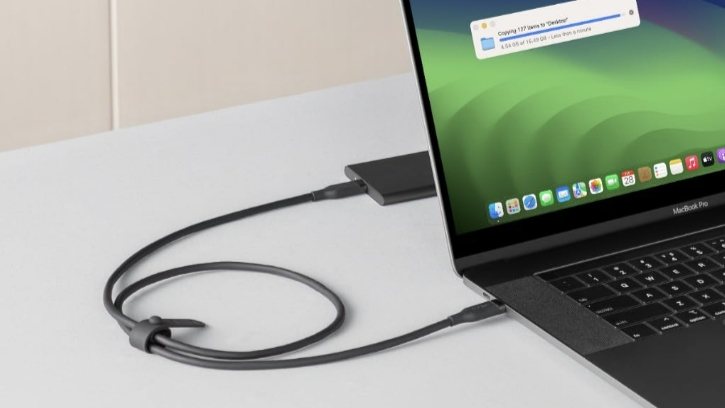
1. Anker USB 4 Gen 2 Cable
Our expert review:
Reasons to buy
Reasons to avoid
If you're looking for strong performance at a fair price, the Anker USB 4 Gen 2 cable is a smart pick. It supports data transfer speeds up to 20Gbps on compatible Android phones and iPhones, handles 4K video output, and delivers up to 240W of charging power. The Anker Powerline II USB-C to USB-C cable checks all the right boxes if you want speed, reliability, and future-ready specs.
This three-foot-long cable from Anker may look bland and unremarkable, but its specifications make it a worthwhile purchase. You can rely on the USB-IF certification for safety, even if the device doesn't have the most robust build. As this is an E-Marked wire, you can rest assured that it'll deliver the fastest charging speed with your 60W or 100W USB-C charger.
Another plus is that Anker issues an 18-month warranty with the Powerline II. Regardless of what device you need to charge, this Type-C wire is the optimal choice. I wish this cable came in various colors, like the adorable Anker Flow series of USB-C wires.
Best for iPhone

2. UGREEN USB-C to USB-C 3.2 Gen 2 Cable
Our expert review:
Reasons to buy
Reasons to avoid
The latest iPhones feature a USB-C connector that supports USB 2 for up to 480MB. Some models like the iPhone 17 Pro and Pro Max come with a USB-C connector that supports USB 3, providing up to 10Gbps transfer speeds.
Of course, all those specs won't matter if you're using the wrong cable. Choosing an outdated USB 2.0 cable won't cut it, especially if you've got a device that can handle more power. A better pick is the UGREEN USB-C to USB-C 3.2 Gen 2 cable, which is both affordable and future-ready. It supports 10Gbps transfer speeds, making it ideal for the iPhone 17 Pro and Pro Max, and it's e-marked for safe, reliable charging.
E-marked USB-C cables rated at 5A can handle power delivery of up to 60W, and some models can support even higher power delivery of up to 240W. That means you can fast-charge larger devices, such as Chromebooks or MacBooks, without any issues. This cable also supports Thunderbolt 3, which adds even more versatility.
Best cheap cable
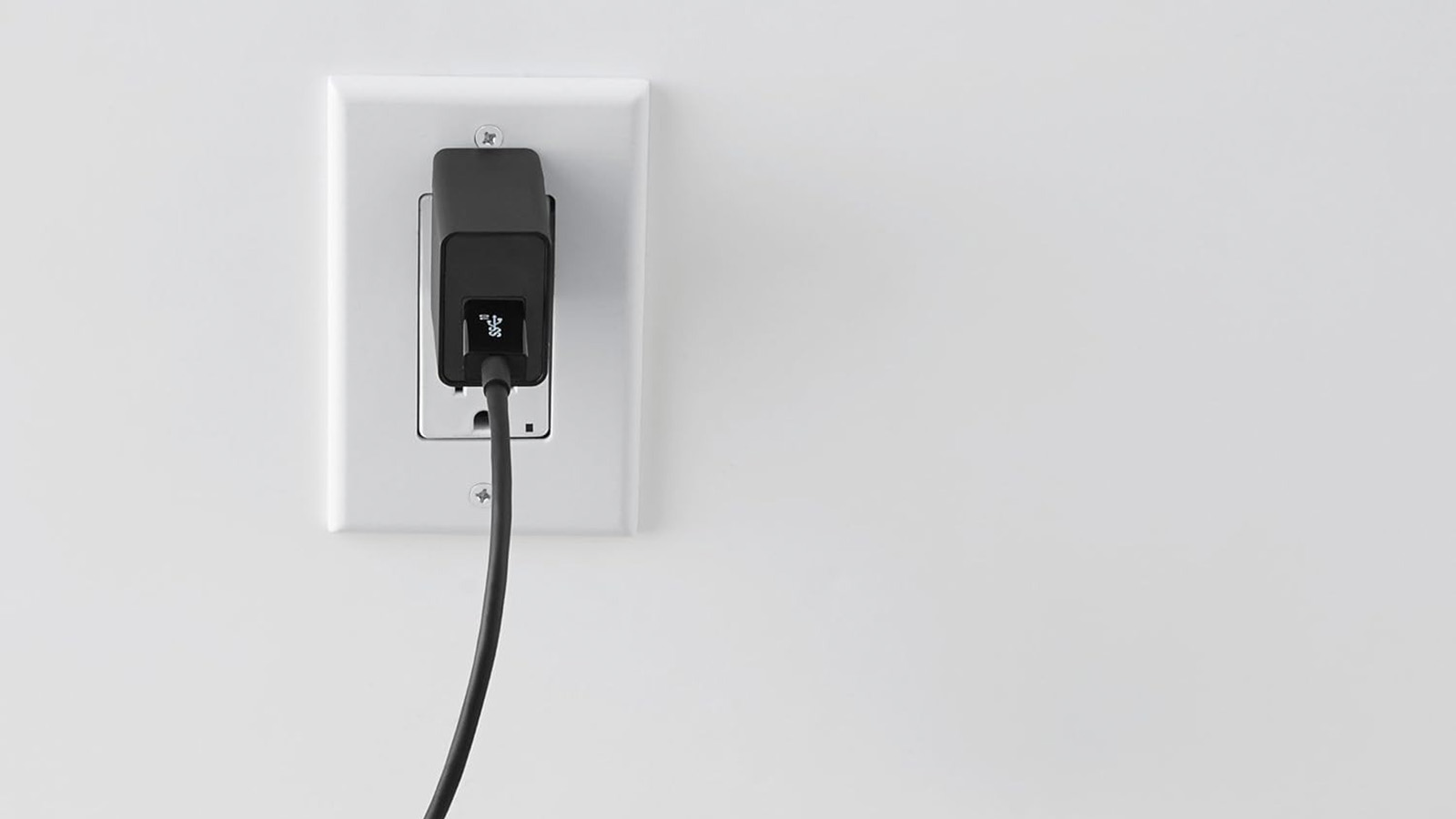
3. Amazon Basics USB Type-C to USB-A 3.1 Gen 2 Cable
Our expert review:
Reasons to buy
Reasons to avoid
Amazon Basics doesn't forget those looking for a budget USB-C cable with some great and affordable options like this one. This one-foot-long USB Type-C to USB-A 3.1 Gen 2 Cable comes in basic black, so there are no frills. But it does the job.
The Amazon cable supports a 5V and 3A power output, equivalent to a 15W charging speed. You won't get the fastest charging speeds, but transferring files is swift business, thanks to USB 3.1 Gen 2, which offers backward compatibility with USB 3.0 and 2.0. The Amazon Basics C-to-A wire is capable of transferring data at speeds of up to 10Gbps and is USB-IF Certified.
Since USB-A is already on its way out, it's not surprising that the Amazon Basic cable doesn't support display output or premium features like Qualcomm Quick Charge. Still, if you're only going to use the cable to transfer files, it does the job. As a simple USB-C to USB-A option, it offers decent value for the price. The cable is typically available for under $10, so you can't go wrong.
Best cheap cable for iPhone
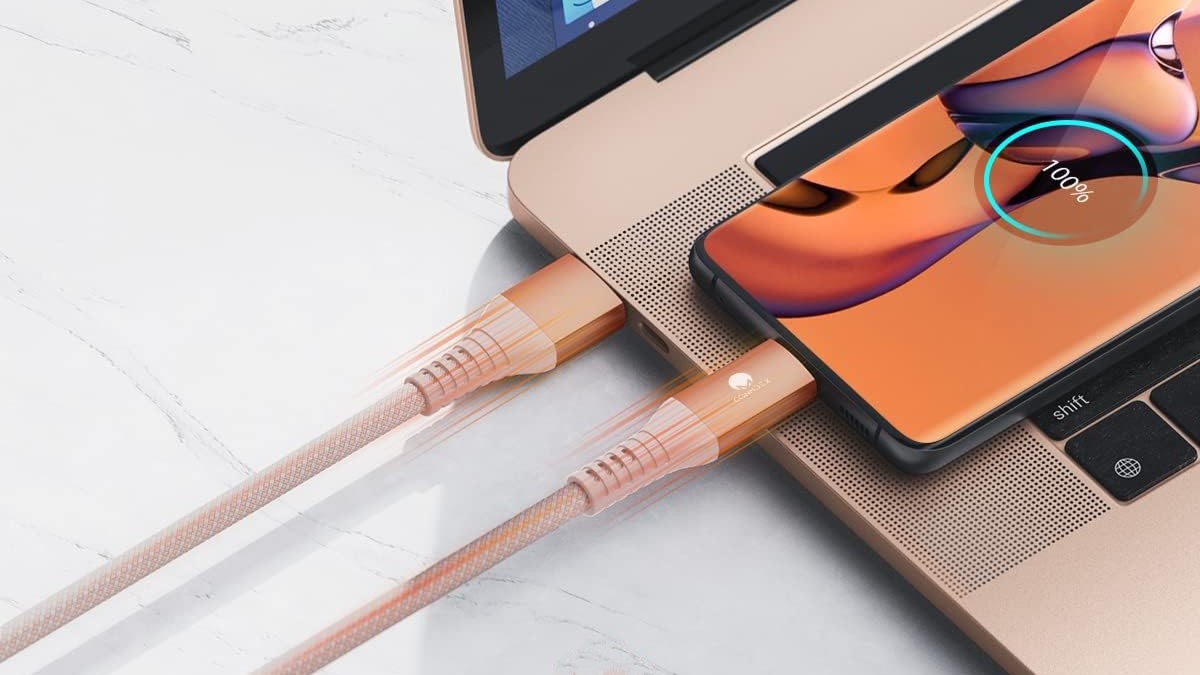
4. CONMDEX USB 3.1 Gen 2 Android Auto USB-C Cable
Our expert review:
Reasons to buy
Reasons to avoid
It almost feels like a steal, but the CoNMDEX USB 3.1 Gen 2 Android Auto cable delivers solid performance for a surprisingly low price. For under $15, you get a two-pack of USB-C to USB-A cables that work smoothly with both the iPhone 17's basic 480Mbps transfer speed and the Pro model's faster 10Gbps speeds.
According to CONMDEX, this USB 3.1 Gen 2 Type-C cord is nylon-braided and comes with an 18-month Breakage Assurance. You can use it in your car with Android Auto or top up your iPhone with it. The cables support QC 3.0 for fast charging.
You can choose from various lengths and color options, including two-packs in 1, 2, 3.3, 6.6, and 10-foot sizes. The cables come in a wide range of shades, from dark tones like black and gray to brighter colors like orange, blue, green, red, and white; you can even match them to your car.
Best premium cable
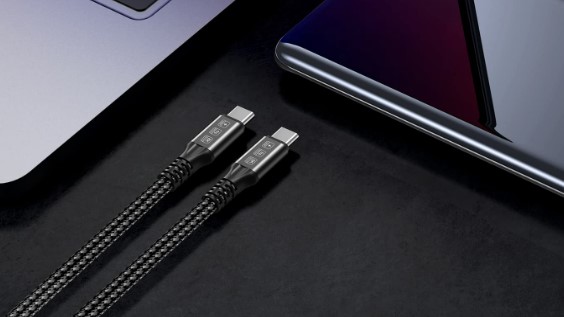
5. Chamer Thunderbolt 4 Cable
Our expert review:
Reasons to buy
Reasons to avoid
The Chamer Thunderbolt 4 cable offers super-fast data transfer speeds of up to 40Gbps and charging outputs of up to 240W. This cable is unique in that it connects to Thunderbolt 4 hosts, a feature that's typically not found in bargain sections.
This Thunderbolt 4 USB-C cable features a durable nylon-braided jacket and an aluminum alloy shell, which adds strength and helps reduce heat buildup. It's available in 3-foot and 6.6-foot lengths and in two colors. It's fully compatible with iOS and Android devices that use USB-C.
The USB-C cable promises to deliver video output in 5K and 8K resolutions. If you need a versatile cable to charge your USB-C devices and connect your monitor, it's a great choice. The short version is a 3-foot option, making it ideal for short distances and perfect for use in your home office. Otherwise, go with the longer 6-foot option.
Best premium cable for iPhone
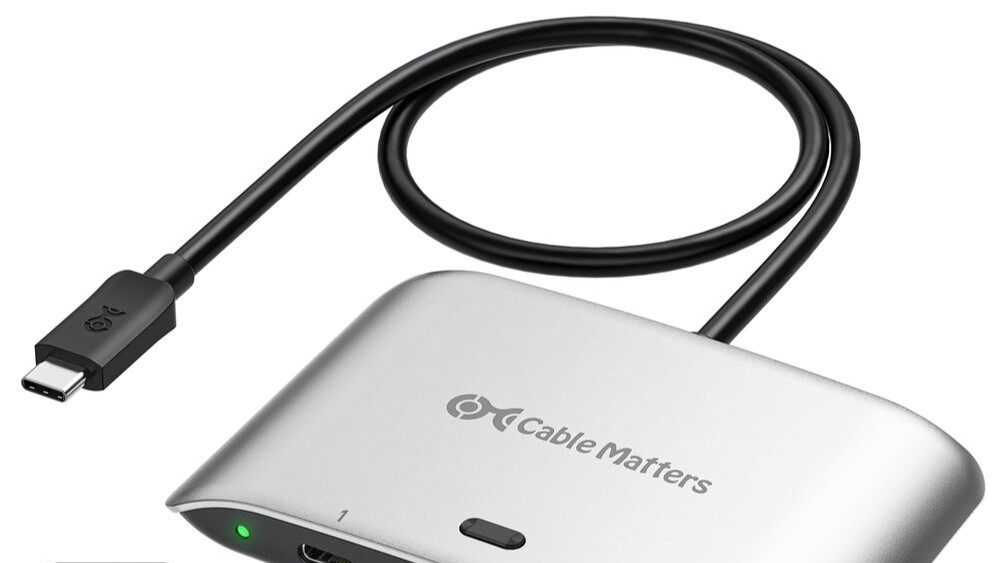
6. Cable Matters 10Gbps USB C to USB C Cable with USB-C 3.2
Our expert review:
Reasons to buy
Reasons to avoid
Cable Matters produces some of the finest cables available worldwide. This 20Gbps USB-C to USB-C Cable with USB-C 3.2 is highly versatile due to its numerous high-end USB specifications. First, it's a USB-C 3.2 type-C wire, so of course, it supports the iPhone 17 Pro and Pro Max's 10Gbps data speeds.
You can also use this 3-foot cable to stream video, supporting 4K video at 120Hz and 8K at 30Hz. While 6-foot and 8-foot options are also available, the latter does not have the same specifications and limits data transfer speeds to 5Gbps. So, it's essential to note this trade-off if you need something longer.
The good news is that the Cable Matters USB-C to USB-C Cable has a high rating. Since this is a PD e-marked 5A cable, you can charge at speeds of up to 240W. We wish it had Thunderbolt 4 to complete the picture since it offers faster transfer speeds and supports high resolutions.
Best short cable
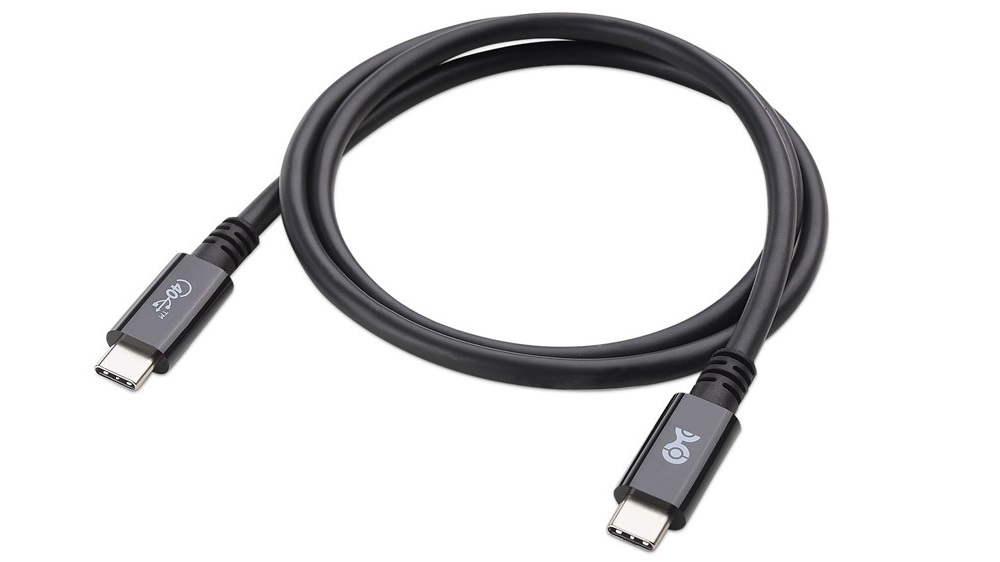
7. Cable Matters USB4 Cable 2.6 ft
Our expert review:
Reasons to buy
Reasons to avoid
This unassuming black cable boasts the cutting-edge USB 4 specification, supporting 40Gbps data speeds at a fantastic price. Cable Matters also included support for Thunderbolt 3 and 4, as well as backward compatibility with USB 3.2, 3.1, and 2.0. The wire is also USB-IF Certified, making it a surefire compatible cable for Android and iOS devices.
With a high-performance USB-C cable like this, transferring large files takes noticeably less time. The Cable Matters USB4 cable supports charging up to 240W, making it ideal for quickly powering laptops and other demanding devices.
It supports 8K and 4K video output, allowing you to connect it to a compatible monitor and enjoy crisp, high-resolution playback. It comes in black or white. The default length is 1-foot, but there's 2.6-foot and 6.6-foot options, too, available for a slightly higher price.
Best durability
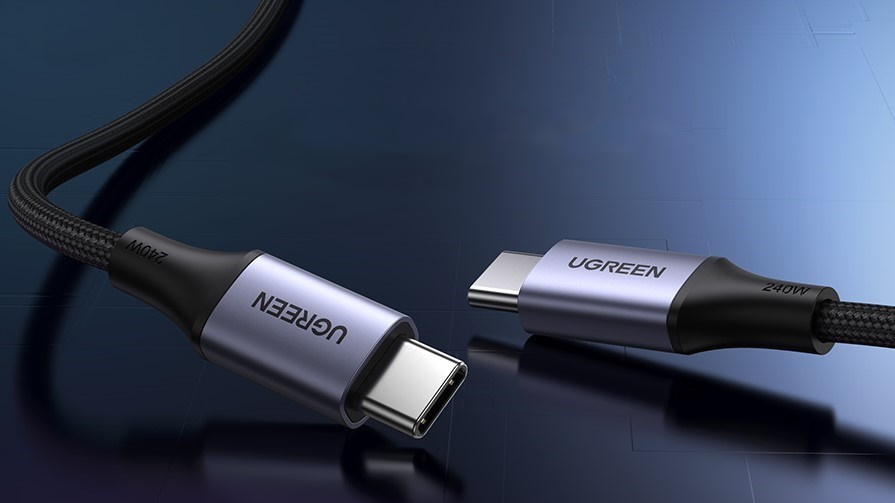
8. UGREEN 240W USB-C Cable
Our expert review:
Reasons to buy
Reasons to avoid
Are you looking for something that can handle insane charging speeds without setting your house on fire? Try the UGREEN USB-C Cable, which is rated for 240W speeds. This e-marked USB-C cable is resilient in more ways than one, owing to the nylon braiding in its design. Thanks to such sturdy construction, breakage will be a far-off nightmare.
This UGREEN cable also includes Power Delivery 3.1. If you pull the cable out, it'll reach six feet, allowing you to sit comfortably and look at your phone while it's connected. There are shorter options, too, along with a two-pack variant so you can have one for home and one for the car.
The one drawback of this budget-friendly USB-C cable is that it uses the older USB 2.0 standard, which caps data transfer speeds at 480Mbps. Like Anker's option, it is available only in one color.
Best USB-C to USB-A
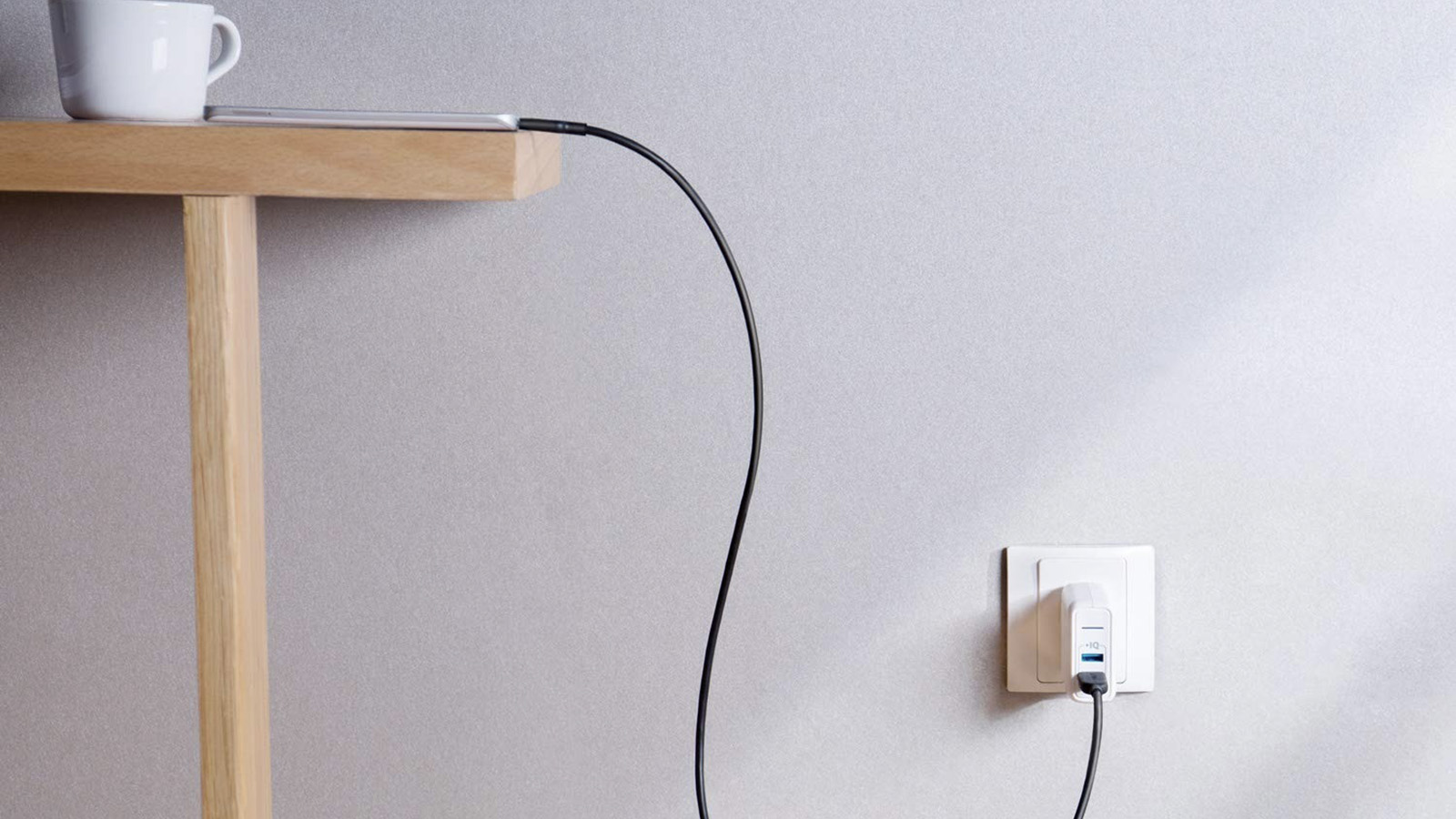
9. Anker Powerline III USB-C to USB-A
Our expert review:
Reasons to buy
Reasons to avoid
Anker has mastered the art of crafting charging solutions, encompassing chargers, cables, wireless charging pads, and more. I've used the brand's products for years, and none have ever let me down. You know you're getting a quality product with the Anker Powerline III USB-C to USB-A cable.
Typically, Anker's products fall within the mid-to-upper-tier price range. Since the Powerline II USB-C to USB-A cable is an older model, I'm pleased to report that it is now delightfully affordable. You get a cable with braided shielding in a 3-foot length and basic black. It won't win any design awards but it does the trick.
Aside from its appearance, this USB 3.0 Type-C to USB-A cable supports 10Gbps transfer speeds and comes backed by Anker's lifetime warranty. Compatible with Qualcomm Quick Charge 3.0, it's a bit more expensive than others, but you get solid value for the price.
FAQ

What is a USB-C cable?
A USB-C cable is essentially any cable with a 24-pin USB connector. It was developed by the USB Implementers Forum (USB-IF), a foundation that regulates, develops, and advocates for all things USB worldwide.
A USB-C cable can deliver power and transfer data to compatible devices with a Type-C port. These include phones, tablets, accessories, laptops, monitors, and gaming devices, such as the Oculus Quest 2. Thanks to the EU's strict policy, all iPhones—including the recently released iPhone 17—will have USB-C ports.
Not all USB-C cables are the same, as the amount of power they can deliver and the speed of data transfer vary. Since the wattage—aka amps multiplied by volts—differs across these cables, not every USB-C wire is compatible with fast charging. A compatible cable uses the USB 3.1 standard, which supports increased power delivery and higher data transfer speeds.
Some USB-C cables have matching connectors on both ends, commonly known as USB-C to USB-C cables. Others feature a standard USB-A plug on one side and a USB-C connector on the other. In most cases, USB-C to USB-C cables provide faster charging and data transfer than USB-A to USB-C options.
Length also plays a role in performance. The maximum length of a USB-C cable depends on its specification. After you've understood the different specifications found in USB-C cables, I'll explain that in depth below. Some of them overlap, so let's go over a few things real quick:
- USB Type-C rules only apply to physical connections; other rules cover data speeds. USB-C is a set of rules that only exists to make smarter USB plugs, cables, and connectors. Just because a cable says it's Type-C doesn't mean it works with every standard—it just means it plugs in with a Type-C connector.
- USB Power Delivery is a USB-certified standard designed to enhance charging speeds and flexibility, as a PD device can both send and receive power. Unfortunately, Power Delivery chargers can go up to or above 100 watts, which can cause severe damage if not used correctly. Still, PD's standards are designed to help prevent overheating and overcharging when using a wide array of devices with different power needs.
- USB PD 2.0 and 3.0 differ from USB 2.0 or 3.1, and many cables will include both certifications since USB Power Delivery is part of USB 3.1. Power Delivery can also extend beyond USB to other connectors, but since we're talking about USB-C cables here, let's keep things simple.
- If you plug a USB 2.0 cable into a USB PD 2.0 wall charger, the highest charge rate will be limited to 15W — the cable's maximum. 15W is a fast enough charge for charging a phone, but it won't be fast enough for many tablets, Chromebooks, and other laptops. If you want to buy a single C-to-C cable that can charge both your laptop and phone, consider a USB 3.1 cable with Power Delivery (PD) charging. USB 2.0 is acceptable, but USB 3.0 is preferable.
- While a regular C-to-C wire is rated 3A, an Electronically Marked Cable (or e-marked cable) is rated 5A. A 3A USB-C cable has a maximum wattage of 60W. You need a wire with an e-marker chip for higher speeds, as these Type-C cables can deliver speeds of up to 100W.
- USB-IF's Type C-to-C cable length compliance — to ensure you get the cable's full features — dictates that USB-C cables with USB 2.0 can be up to four meters long; USB 3.1 wires can stretch up to one meter; USB 3.2 Gen 1 and USB 4 Gen 1 cables can measure up to two meters; USB 3.2 Gen 2 and USB 4 Gen 2 wires can be as long as one meter; and USB 4 Gen 4 Type-C cables are limited to 0.8 meters in length. USB-C to USB-A cable lengths are limited to a maximum of four meters for USB 2.0 and one meter for USB 3.2 Gen 2. It's not that these wires cannot be longer, but crossing these lengths prevents you from getting their maximum possible power and data transfer speeds.
- The upper limit of data transfer speeds is 480 Mbps for USB 2.0, 5 Gbps for USB 3.0, and 10 Gbps for USB 3.1.
- Thunderbolt 3 and 4 are entirely separate specifications that enable much higher data transfer rates through compatible Thunderbolt ports, usually found in laptops and monitors. Unless explicitly mentioned, a USB-C cable does not come with these features.
Which type of USB-C cable should I choose?
The Anker USB4 Gen 2 cable is a dependable pick, even if it doesn't pack the absolute latest specs found in something like the Cable Matters USB4 cable. For most users, this level of performance is more than enough. It handles everyday charging and data transfers with ease, making it a solid all-around choice.
Anker's USB-IF Certified cable features USB 3.1 Gen 2, providing impressive 10 Gbps data transfer speeds and 4K video support. The 100W Type-C cable charges the best Chromebooks at full speed. If you're looking for more colorful options, there's the Anker 643 USB-C to USB-C Cable. However, you'll have to forego most of the best features of a stellar USB-C wire if you're gunning for style alone.
As USB-C has become the industry standard, having a durable cable you can use for everything is more than convenient; it's an investment. Consider using the UGREEN 20W USB-C to USB-C cable for a more durable wire. The nylon braided cord is robust and sure to last you many years.
While C-to-A doesn't offer nearly the same speeds as C-to-C Power Delivery 3.0, it's worth keeping some C-to-A cables around. Most computers and chargers we already own have USB-A ports, but might not have USB-C ports. The same goes for things like older cars or built-in ports in hotel rooms.
If you're shopping for a reliable USB-C to USB-A, the Anker PowerLine III is an easy recommendation. It supports 10Gbps data transfers and Qualcomm Quick Charge and features a durable braided shielding. Best of all, it's available at a very reasonable price.
How to choose
Because USB-C Power Delivery allows for higher charging speeds, when using the best USB-C charger, you should trust your devices with only the best USB-C cables as well. You have several great options in the list above, and the one you choose will depend on your current tech needs. There's nothing more future-proof than a PD 3.0 wire.
Since it's part of USB 3.1, you'll achieve data transfer speeds of up to 10 Gbps. If you plan to plug your cable into a 60W USB-C charger or above, a 3A cable won't do. Grab something with an e-marker chip so you know it can handle up to 100W of power passing through it safely.
Remember, if your USB 3.1 cable is more than one meter long, you won't be able to use all of its features correctly. Purchase a USB-C cable that measures one meter or three feet long to tap into your cable's full potential.
When charging cables fail, they can damage your device or even pose a fire risk. In the past, it was essential to make sure the cables you used were built to proper safety standards. These days, USB-C cables have reached a safe, stable, and safe standard (for the most part). So, whether you need a USB-A port on the other end or opt for a full USB-C to USB-C connection, there are great, safe USB-C cables available without breaking the bank.
Get the latest news from Android Central, your trusted companion in the world of Android

Namerah enjoys geeking out over accessories, gadgets, and all sorts of smart tech. She spends her time guzzling coffee, writing, casual gaming, and cuddling with her furry best friends. Find her on Twitter @NamerahS.
- Judy Sanhz
- Andrew MyrickSenior Editor — Smartphones (North America), Chromebooks & Tablets
- Patrick FarmereCommerce Editor
